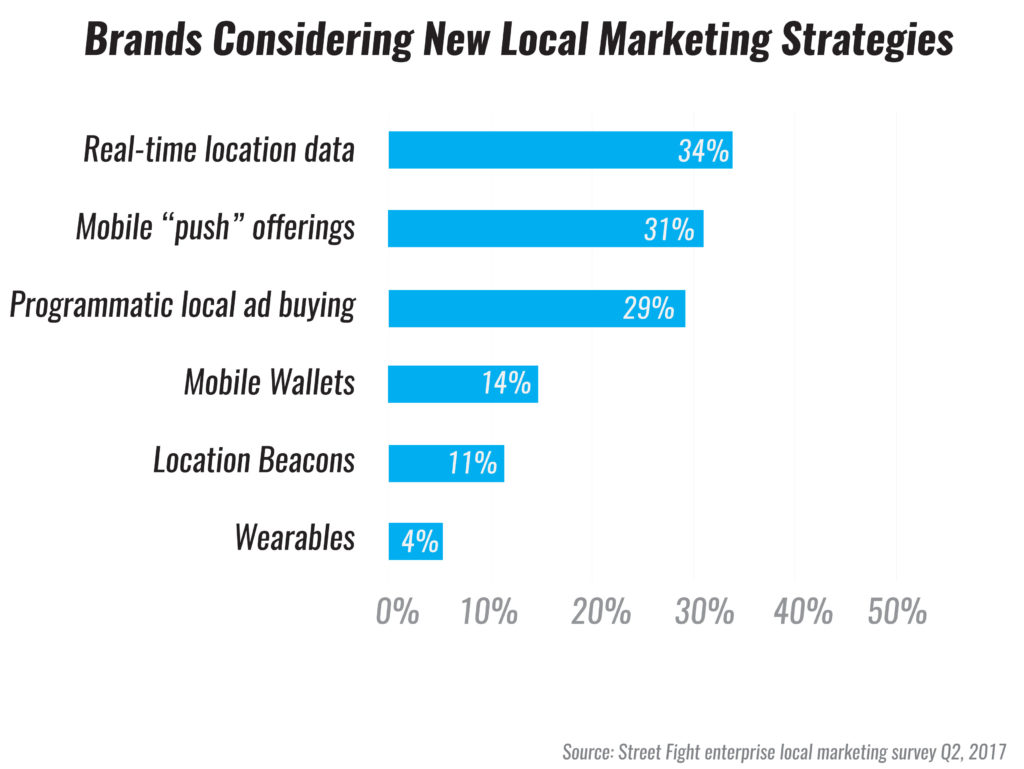Roaming the aisles of a drug store, a woman ponders the products lining the shelves and moves from one aisle to the next, searching for something specific. There is nothing unusual about her manner of dress; she is professional and it’s evening so perhaps she has come to the store after work. She roams to an aisle where sick people hold tissues to their noses and study labels on cold medications. It’s winter; flu season.
The location of the drug store is unclear—perhaps it’s near her home or office or maybe she’s here often. Is she searching for a medication for herself or a family member? It’s hard to tell. To get her the medication she wants, we need to know more. What is her intent? It’s this furtherance that we need to better understand what this person is planning to buy and how to help in her decision. Intent explains what she is planning to do. Furtherance is action taken to carry out his plan. Does she leave the store empty-handed, or does she find a solution to her illness?
So often consumers are inundated with advertisements that lack understanding of intent. In some cases, such as radio and television, advertisers reach a generic audience and so much is thrown at consumers that there is a hope some small piece of it will stick, persuading the purchase of a new product. Advertisers are increasingly sensitive to the number of ads consumers see, and the backlash is a sort of snow blindness that occurs where advertisements cease to matter or resonate in the consumers’ memory, even through repetition.
The More You Know…
With the abundance of consumer data available today, the more advertisers know about their audience, the more likely they are to target them with ads that cut through the blindness and present a meaningful offer. And timing is everything. With furtherance indicating the micro-seconds prior to a purchase, consumers whereabouts tell advertisers how an intent to purchase will play out.
Through location-based marketing, advertisers can draw meaningful assertions about a consumers’ intent to make a purchase. By doing this, they can reduce advertising clutter and better respect the consumers’ time and attention by giving them a targeting advertisement, promotion, or coupon when it matters most. Instead of being frustrated and snowblinded by unnecessary ads, consumers may be predictably optimistic about an ad that serves their interests.
 For pharmaceutical and healthcare marketers, the advantages of location-based marketing mean reaching consumers at the point of purchase, educating doctors at conferences, and capturing the attention of patients in treatment centers, hospitals, and waiting rooms at the moment when healthcare decisions are being made, or conversations are being started.
For pharmaceutical and healthcare marketers, the advantages of location-based marketing mean reaching consumers at the point of purchase, educating doctors at conferences, and capturing the attention of patients in treatment centers, hospitals, and waiting rooms at the moment when healthcare decisions are being made, or conversations are being started.
Let’s take a look at the advantages of how location-based marketing works:
How Geo-Fencing Reveals Intent
In most cases, location-based marketing connects with consumers via their smartphone as it is constantly changing locations, unlike a stationary desktop computer. To better target the intent of the consumers, geo-fencing can be employed to set up an advertising perimeter around a specific location. When the smartphone enters the perimeter, a variety of mobile advertising options can be triggered, assuming the location is telling of the consumer’s intent.
For example, a pharma company has created an educational campaign for a new anti-depressant drug that has just been approved by the FDA. To raise awareness, the marketing strategy involves targeting psychiatrists attending a conference on treating depressive disorders. Using geo-fencing, advertisers can use latitude and longitude coordinates to make a series of ads available to mobile devices at the conference facility and adjacent hotels and restaurants frequented by attendees. The ads may appear as banner ads embedded in mobile websites, search engine ads appearing on Google or Bing, or on popular social media apps such as Facebook or Twitter. By attending the conference within the geo-fenced area, advertisers know the intent of the consumer—to learn more about the treatment of depression. As a result, the ads are more relevant to the consumer and more likely to be read or clicked by the doctor. Keep these in mind as you prepare your targeting strategy:
1. Pair location data with consumer demographics for a clearer picture of intent.
When location alone is not revealing of intent, some advertisers choose to combine location with additional consumer data, including demographic information or data collected by the consumers’ favorite apps. A popular exercise app may determine the health and activity of a user group. The age and lifestyle of another user group may be revealed by the music they listen to on Pandora. Shopping data collected by a drug store couponing app may reveal shopping patterns and brand choices. By combining location, demographic, and behavioral data, advertisers can begin to see a clearer portrait of their target audience.
2. Remarketing remembers intent.
When HCP education is the goal of the campaign, intent can stay with the doctor long after they leave the geo-targeted location. Using the previous example, a doctor is logically not going to purchase or prescribe the new depression treatment while at a conference. The intent to learn about treatment options doesn’t end when the conference ends. In cases where intent remains, and additional product marketing push is needed, advertisers can associate the targeted audience with additional ads once they leave the geo-fenced area knowing that learned intent still applies, even after the conference is over.
3. Location reveals the moment of need.
Back to our opening story: A consumer enters a drug store and walks the aisles searching for something, we don’t know exactly what until she draws her smartphone from her bag and begins to type into Google. Her search reveals that she has a sick child at home and wants a pediatric fever reducer. But which brand should she buy and what is the dosage for her youngster? In her moment of need, she revealed the problem she wanted to solve: A child’s fever. Her location is revealed by the phone. This scenario plays out thousands of times each day. For pharmaceutical advertisers, the moment of need reveals intent and a prime opportunity for search or banner ads marketing fever reducers with dosage instructions.
4. Some real-world examples for pharmaceutical advertisers.
Consider the following examples of how you might use location-based marketing to capture intent and attract new customers:
Combining age and location for better targeting
A manufacturer of osteoporosis drugs wants to target women over age 50. They identify a series of sports therapy clinics that provide injury rehabilitation to women over age 50. They can assume the patients—who match the osteoporosis demographic—may have concerns or questions about the role the disease may play in their recent injury, for instance. By using location-based marketing, they extend their current banner advertising campaign to target consumers who enter the clinics. By establishing a geo-fence around each clinic, their banner ads can appear on mobile devices that enter the area, and re-market to them after they go home, encouraging the user group to open a dialogue with their doctor and request the medication by name.
Raising awareness of regional service locations
A weight-loss drug wants to market to overweight women and men over age 18. The objective is to reach these people when they want to take action to improve their health and encourage them to visit a licensed doctor to see if they qualify for the new drug treatment. Unfortunately, the licensed clinics are only concentrated into a small number of DMAs and the advertiser wants ads to appear only in these areas. Using pay-per-click ads for the weight loss drug, ads appear only to those who reveal their intent by searching for weight loss options on Google or Bing within the targeted areas; either by use of the location as a keyword, such as a city name, or when a prospect’s mobile phone reveals its location within the DMA with close proximity to the licensed medical facility.
Targeting the traveler
An allergy medication wants to target consumers in DMAs with large concentrations of sensitive pollens that trigger allergic reactions. Targeting only the DMA is easy with regional ad campaigns in affected areas. However, the advertiser wants to expand the targeting to include travelers that enter the DMA via local airports where the product is available in kiosks within the airport terminal. The advertiser decides to place banner ads on location-based apps and search engines, including weather and map apps, where travelers may reveal location and intent to travel.
So what can you do today to get started in location-based marketing?
Location-based marketing is typically an enhancement targeting of your current digital advertising strategies, including banner advertising, pay per click, social media, or remarketing. Contact your digital agency on how this capability can be employed for your campaigns.







